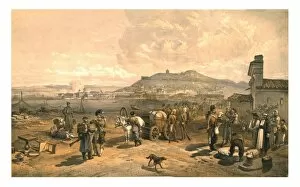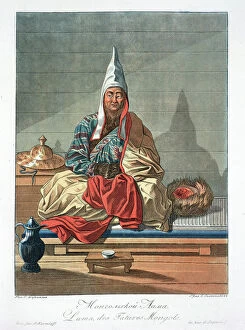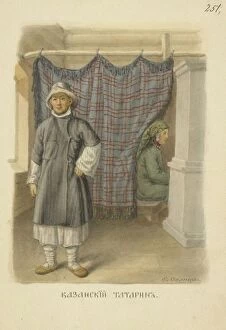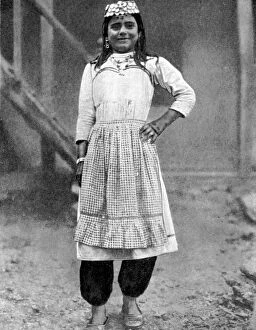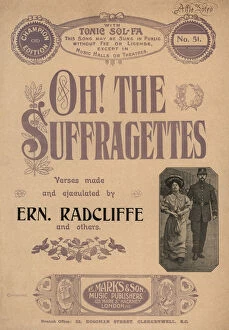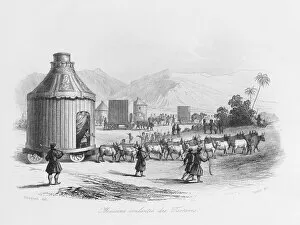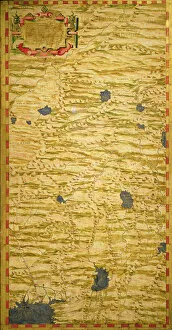Tartars Collection (page 3)
The Tartars, known for their prowess as Mongol horsemen, were a formidable force in history
All Professionally Made to Order for Quick Shipping
The Tartars, known for their prowess as Mongol horsemen, were a formidable force in history. These skilled Mongol soldiers demonstrated their horsemanship with unrivaled precision and speed. In the vast landscapes of Siberia, a striking image emerges - a Siberian Tartar woman standing alongside a Russian Mongol couple, showcasing the diverse cultural blend that existed between these two groups. Nomadic by nature, the Mongol nomads were constantly on the move. Their camps would be set up one day and swiftly dismantled the next as they traversed through different territories. One captivating artwork from history is PASI2A-00001 depicting Saint Hyacinth carrying an image of the Virgin. This piece showcases how even religious figures recognized and interacted with the Tartars during this era. Another intriguing depiction shows a Tartar Officer accompanied by a blond lady; however, little is known about its creator or their relationship. It leaves us wondering about their story and connection amidst this historical backdrop. Moving forward to the 19th century, we encounter more enigmatic artworks featuring Tartar Officers courting blonde ladies. The unknown creators behind these pieces leave us curious about what inspired them to capture such scenes. Beyond Mongolia's borders lie other communities influenced by Tatar culture. In China, we find glimpses of Chinese Tartars in places like Kohonor and Naun Koton or Tsitsikar - further evidence of how far-reaching their impact was across different regions. Amidst all these historical references lies another unexpected hint - sheet music titled "Oh The Suffragettes. " While seemingly unrelated at first glance, it serves as a reminder that even within societies dominated by male warriors like the Tartars', women's voices have always played an important role in shaping history. Exploring various aspects of tartars' lives reveals not only tales of mighty horsemen but also stories of cultural exchange, mysterious relationships, and the resilience of women.






